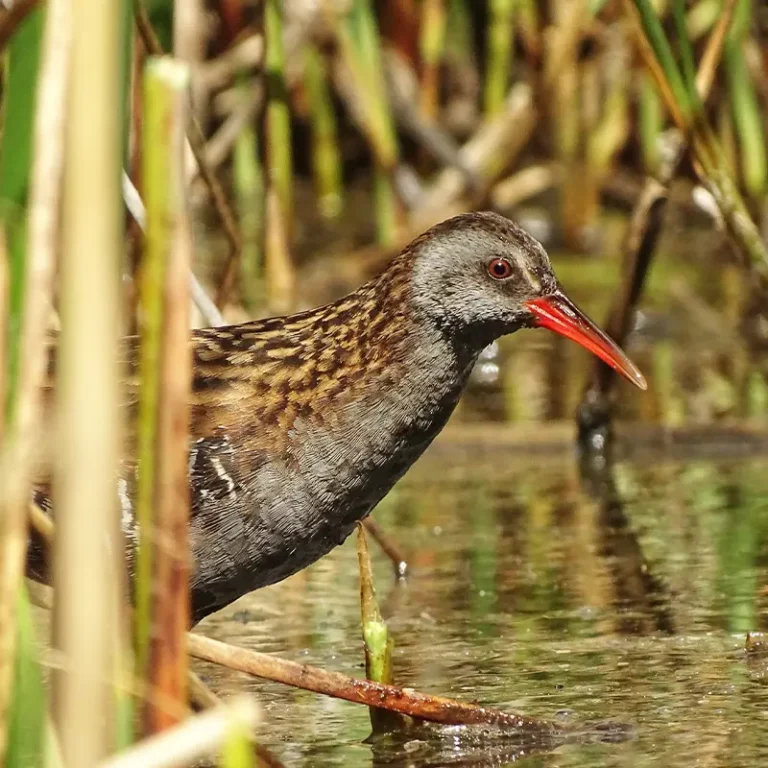Context and objectives
The Austral Rail is an endemic species of the wetlands of southern Patagonia whose ecology still presents numerous unknowns. Its cryptic nature, the inaccessibility of part of its habitat, and the lack of systematic studies have historically limited our understanding of its natural history, population dynamics, and ecological requirements. Faced with this situation, the present project seeks to lay the conceptual and methodological foundations for the design of a long-term conservation strategy for the species, integrating emerging technologies with traditional approaches to conservation biology.
We develop artificial intelligence (AI) tools applied to the individual recognition of rails from their vocalizations. This project, integrating AI tools, seeks to generate robust and high-value applied information that allows informed decisions to be made for the conservation of one of the most unknown and potentially vulnerable species in Patagonia.
Our actions
- We implement Siamese Convolutional Neural Networks (Siamese CNNs) trained with high-quality recordings of the two main types of vocalizations: “song” and “duet.” This AI model seeks not only to identify individuals, but also to provide spatial information about their movements by triangulating acoustic signals, using an array of synchronized microphones. This technology opens the possibility of studying, in a non-invasive way, key aspects such as territoriality, mating systems, parental care, and habitat use.
Protagonists
Habitat and behavior
It inhabits scattered wetlands in the desert portion of Patagonia. Like the rest of the rails, they are shy, socially monogamous, territorial birds with irregular seasonal movements and adapted to living in wetlands with abundant vegetation.
Feeding
Insufficient data! To date there is no work that has evaluated the diet in a particular way. What we know are assumptions based on studies of other coots.
Reproduction
Insufficient data! Nesting records are too scarce to describe general breeding patterns.
Curiosity
After 40 years without records it was declared possibly extinct in 1992. It was only in 1998 that it was rediscovered in the Río Chico basin.
Threats
It is accepted that the population is undergoing a sustained decline due to habitat loss and predation by the American mink.










